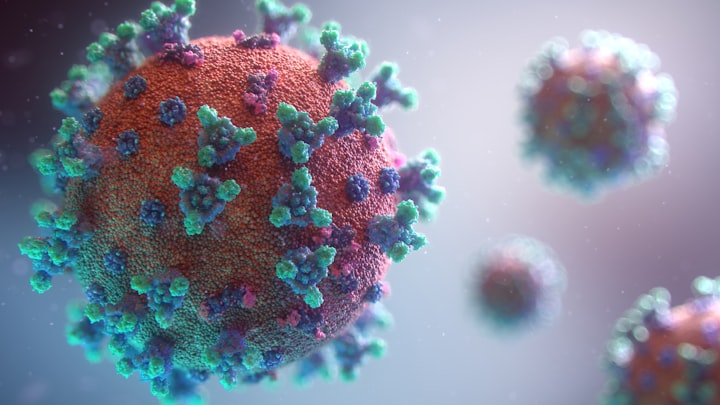"H3N2 Virus Outbreaks: Understanding the Threat and Preparing for the Future"
HOW to prevent from this pandemic situation ?

A viral infection is a type of infection that is caused by a virus. Viruses are tiny infectious agents that can enter the body and infect cells, leading to a variety of symptoms such as fever, cough, runny nose, sore throat, fatigue, and muscle aches.
Viral infections can affect different parts of the body, including the respiratory system (such as the common cold or influenza), the digestive system (such as gastroenteritis), and the nervous system (such as meningitis or encephalitis).
Some viral infections can be mild and self-limiting, while others can be severe and life-threatening. The severity of the infection depends on various factors, such as the type of virus, the individual's immune system, and their overall health.
Prevention and treatment of viral infections may involve various strategies, such as practicing good hygiene, getting vaccinated, taking antiviral medications, and getting plenty of rest and fluids. It's important to seek medical attention if you suspect that you have a viral infection, especially if you experience severe symptoms or have a weakened immune system.
A pandemic disease is a disease that spreads across a large geographic area and affects a significant proportion of the population. Pandemics can occur when a new infectious agent, such as a virus or bacteria, emerges and spreads rapidly among people who have little or no immunity to it.
Pandemic diseases can have significant impacts on public health, social and economic systems, and global security. They can cause widespread illness, hospitalizations, and deaths, as well as disruptions to daily life, travel, and commerce.
Examples of pandemics in history include the Spanish flu pandemic of 1918-1919, the H1N1 influenza pandemic of 2009-2010, and the ongoing COVID-19 pandemic, caused by the SARS-CoV-2 virus, which began in 2019 and has affected millions of people worldwide.
Preventing and controlling pandemics requires a coordinated and multifaceted approach that includes early detection, rapid response, effective communication, vaccination, and appropriate medical care. It also requires cooperation and collaboration among individuals, healthcare professionals, governments, and international organizations to address the complex challenges that pandemics pose. In the past few months, there has been a rise in viral infections in India. These infections cause symptoms such as high fever, persistent cough, and fatigue, which can take more than two weeks to recover from. The cause of these infections is Influenza A subtype H3N2, which is a type of flu virus that has been circulating in India.
India has been significantly impacted by the COVID-19 pandemic, with a high number of confirmed cases and deaths. As of my knowledge cut-off date (September 2021), India had recorded over 33 million confirmed cases and over 440,000 deaths due to COVID-19, making it one of the worst affected countries in the world.
In addition to COVID-19, India has also been facing an increase in other viral infections, including the Influenza A subtype H3N2 virus that has been circulating in the country in recent months. These infections have been causing significant health concerns and placing additional strain on India's healthcare system.
The Indian government and healthcare authorities have been working to address the challenges posed by these viral infections. Efforts have included increasing testing and vaccination capacity, improving healthcare infrastructure, and promoting public health measures such as social distancing and mask-wearing.
However, there are still challenges to overcome, including vaccine hesitancy, limited resources in some areas, and the emergence of new variants of the virus. It will take continued efforts and a coordinated approach from all sectors of society to control the spread of COVID-19 and other viral infections in India
Influenza A subtype H3N2 is not the same as COVID-19, which is caused by the SARS-CoV-2 virus. However, the symptoms of the two infections can be similar, which can lead to confusion and concern. It is important to seek medical attention if you experience any of these symptoms, especially if they persist or worsen over time.
Preventing the spread of influenza A subtype H3N2 and other viral infections requires practicing good hygiene, such as washing hands frequently, covering coughs and sneezes, and avoiding close contact with people who are sick. Vaccination is also an effective way to prevent the flu and reduce the severity of symptoms if you do get infected.
About the Creator
Upasana Khatri
I enjoy writing about human relationships, technology, current affair and science field.My writing often delves into the complexities of human emotions, examining how they influence our relationships and our lives.






Comments
There are no comments for this story
Be the first to respond and start the conversation.